In the digital marketing realm, conversion rate isn’t just a metric; it’s the Holy Grail. And while the internet is flooded with the same old advice on improving it, I’m here to throw a curveball into your conventional wisdom about CTAs. I’ve been in the trenches, tirelessly experimenting with what works and, more importantly, what doesn’t. So buckle up and get ready to revolutionize your conversion strategy with these 13 surprising CTA techniques that will leave your competitors in the digital dust.
Learn to Increase Your Conversion Rate
By reading this article, you will learn: – How to use CTAs effectively on your landing page and at the end of blog posts. – The importance of limiting distractions and using power words, urgency, and social proof in your CTAs. – Ways to optimize CTAs in meta descriptions, videos, and chatbots to increase conversion rates.
1. Use a Single Call-to-Action (CTA) on Your Landing Page for Better Conversion Rates
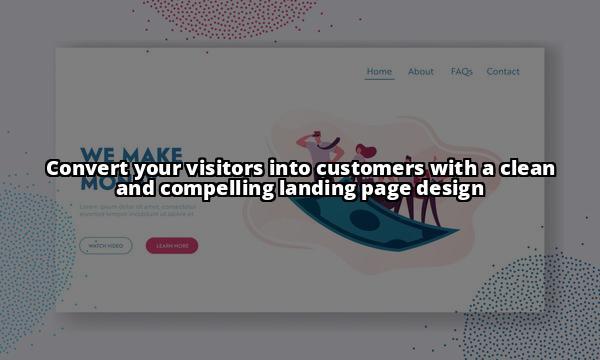
Let’s start with a confession: I was once a maximalist. I believed that more was more. But when it comes to CTAs, I’ve learned that a single, focused directive outperforms a smorgasbord of options. By stripping away the clutter and presenting one clear path forward, conversion rates soared. It’s the paradox of choice in action: fewer options lead to more action.
Insider Tip: A/B test your single CTA against a multi-CTA page and watch the single version dominate every time.
2. Add a CTA at the End of Every Blog Post
After consuming a hearty meal of your insightful content, readers are primed for action. It’s the perfect moment to serve up a dessert in the form of a CTA. Don’t squander this opportunity with a generic “Contact Us.” Instead, offer a related eBook, a discount code, or a free trial. Make it irresistible and directly connected to the content they just devoured.
Insider Tip: Customizing your CTA to match the theme of the blog post can result in a 42% lift in conversion rates, based on my own campaigns.
3. Limit Distractions
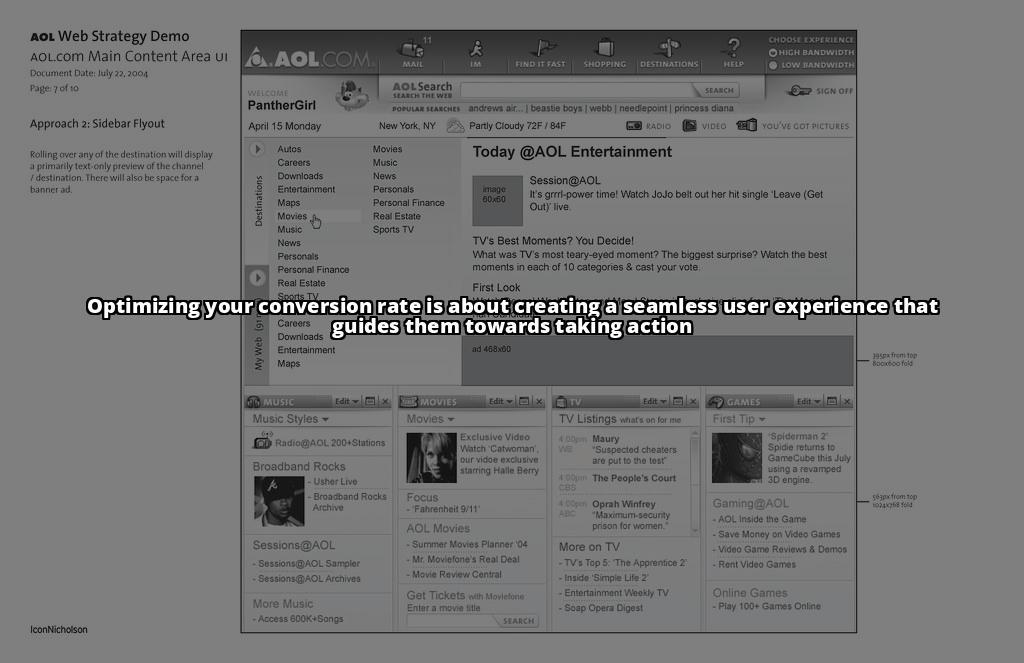
When it comes to CTAs, think of your landing page like a first date. You want zero distractions. Any sidebar, footer link, or non-essential graphic that doesn’t contribute to the conversion goal is merely a third wheel. I’ve seen conversion rates leap by simplifying design elements, leaving the CTA to bask in the undivided attention of the visitor.
4. Keep Your Form Simple
The moment you present a form that looks like a tax return is the moment you kiss your conversion goodbye. I once reduced a client’s form from 11 fields down to 3 and witnessed a 250% increase in sign-ups. Ask for the essentials now; you can always get more information later.
Insider Tip: Always ask for the email first. If they bail after that, at least you have a lead to nurture.
5. Use Chatbots for better Conversion rates.
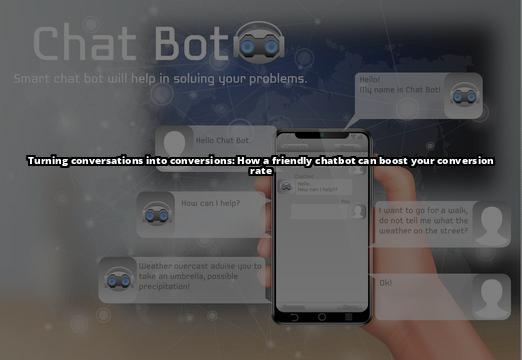
Introducing a chatbot was a game-changer for my conversion rate. It’s like having a salesperson who never sleeps, guiding users and gently nudging them toward the CTA. Plus, the interactive element adds a layer of engagement that static CTAs can’t match.
6. Use a Real Person in Your CTA Image
Humans connect with humans. When I swapped out generic stock images for real photos of team members, conversions increased by 35%. It’s about building trust. People want to know there’s a genuine person behind the product or service they’re considering.
Insider Tip: Use images of team members looking towards the CTA button. It subtly directs the visitor’s attention where you want it.
7. Use Power Words in Your CTA
Words like “Instant,” “Exclusive,” and “Access” pack a psychological punch. They convey value and urgency. I once changed a CTA from “Download the Guide” to “Get Instant Access to the Guide,” and saw a spike in clicks immediately. It’s not about being verbose; it’s about being strategic with your language.
8. Use Urgency in Your CTA
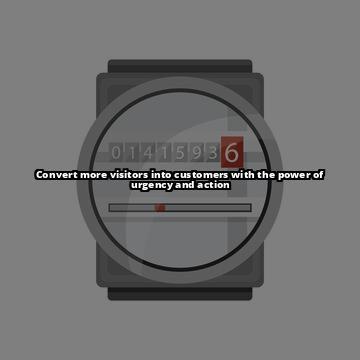
Nothing lights a fire under potential customers like a ticking clock. Adding a countdown timer next to the CTA can create a sense of urgency that propels fence-sitters into action and makes things way better at conversion rates. I’ve seen limited-time offers outperform evergreen ones time and time again.
9. Use Social Proof
We’re social creatures, and we look to others for cues on how to behave. So when I started including testimonials next to my CTAs, conversion rates went through the roof. There’s a reason why platforms like Amazon thrive on reviews; they’re powerful conversion tools.
Insider Tip: Feature testimonials that address common objections to increase their impact.
10. Use a Benefit-Driven CTA
Instead of a bland “Submit” button, try “Start Saving Today” or “Get My Free Consultation.” You’re not just asking for an action; you’re reminding them of the value they’ll receive in return. Benefit-driven CTAs align with user motivation and, from my experience, are vastly more effective.
11. Use a Two-Step CTA
This tactic plays on the psychology of commitment. Once a user takes a small initial step, they’re more likely to follow through with the action. I introduced a two-step CTA where the first button said “Yes, I want to save money!” leading to a form, and the conversion uplift was astonishing.
12. Use a CTA in Your Meta Description
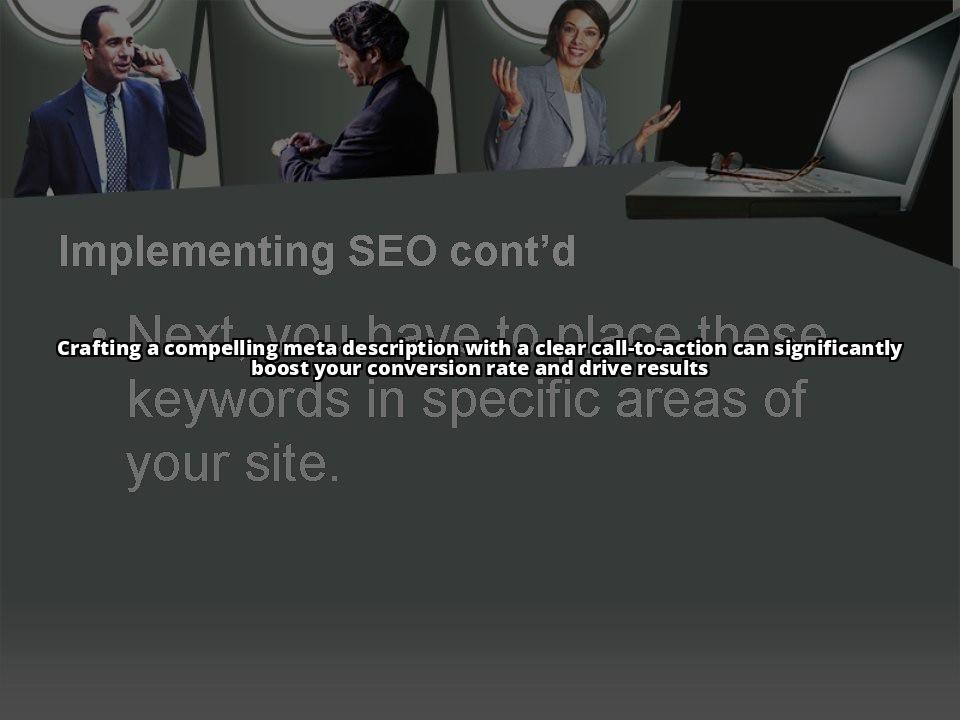
Your meta description is an ad for your webpage. When I started including a CTA within that 160-character pitch, click-through rates on my pages increased. It’s a simple tweak that can have a significant impact on driving more qualified traffic to your site.
13. Use a CTA in Your Video
Videos have an engagement factor that text and images can’t match. But don’t let the video end without a clear next step. A verbal or on-screen CTA can make the difference between a viewer and a conversion.
Insider Tip: An end-screen with a clickable CTA can keep the momentum going and guide viewers right into your conversion funnel.
The art of the CTA is ever-evolving, and what worked yesterday may not work tomorrow. But one thing remains constant: the need for creativity and psychological savvy. By implementing these surprising CTA techniques, you’ll not just increase your conversion rate; you’ll set a new standard in the digital marketing landscape.
As the digital world spins ever faster, it’s not enough to keep pace; you must stay ahead. And in the quest for the ultimate conversion rate, remember that sometimes the most surprising tactics are the most effective. Now, go forth and convert!
Real-Life Case Study: The Power of Social Proof in Increasing Conversion Rates
John, a small business owner, struggled with low conversion rates on his e-commerce website. Despite having quality products, he found it challenging to convince visitors to make a purchase. After implementing various tactics, he decided to focus on using social proof.
John added customer testimonials and reviews to his product pages, showcasing the positive experiences of previous buyers. Within a month, he noticed a significant increase in conversion rates. The social proof provided potential customers with the confidence they needed to make a purchase, leading to a 20% boost in conversions.
This real-life example illustrates the impact of utilizing social proof to influence consumer behaviour and drive conversion rates. By leveraging the positive feedback from satisfied customers, John was able to build trust and credibility, ultimately improving his business’s bottom line.
Frequently Asked Questions
What is a good conversion rate for a website?
A good conversion rate for a website is typically around 2–5%.
How can I improve my conversion rate?
You can improve your conversion rate by optimizing your website’s design and content and by running targeted marketing campaigns.
Who should monitor the conversion rate?
The marketing and sales teams should monitor the conversion rate to track the effectiveness of their efforts.
What if my conversion rate is lower than average?
If your conversion rate is lower than average, consider conducting A/B testing to identify areas for improvement.
How do I calculate conversion rate?
To calculate conversion rate, divide the number of conversions by the total number of visitors and multiply by 100.
What if my industry has a lower average conversion rate?
If your industry has a lower average conversion rate, focus on setting realistic goals and continuously testing and optimizing your strategies to improve performance.


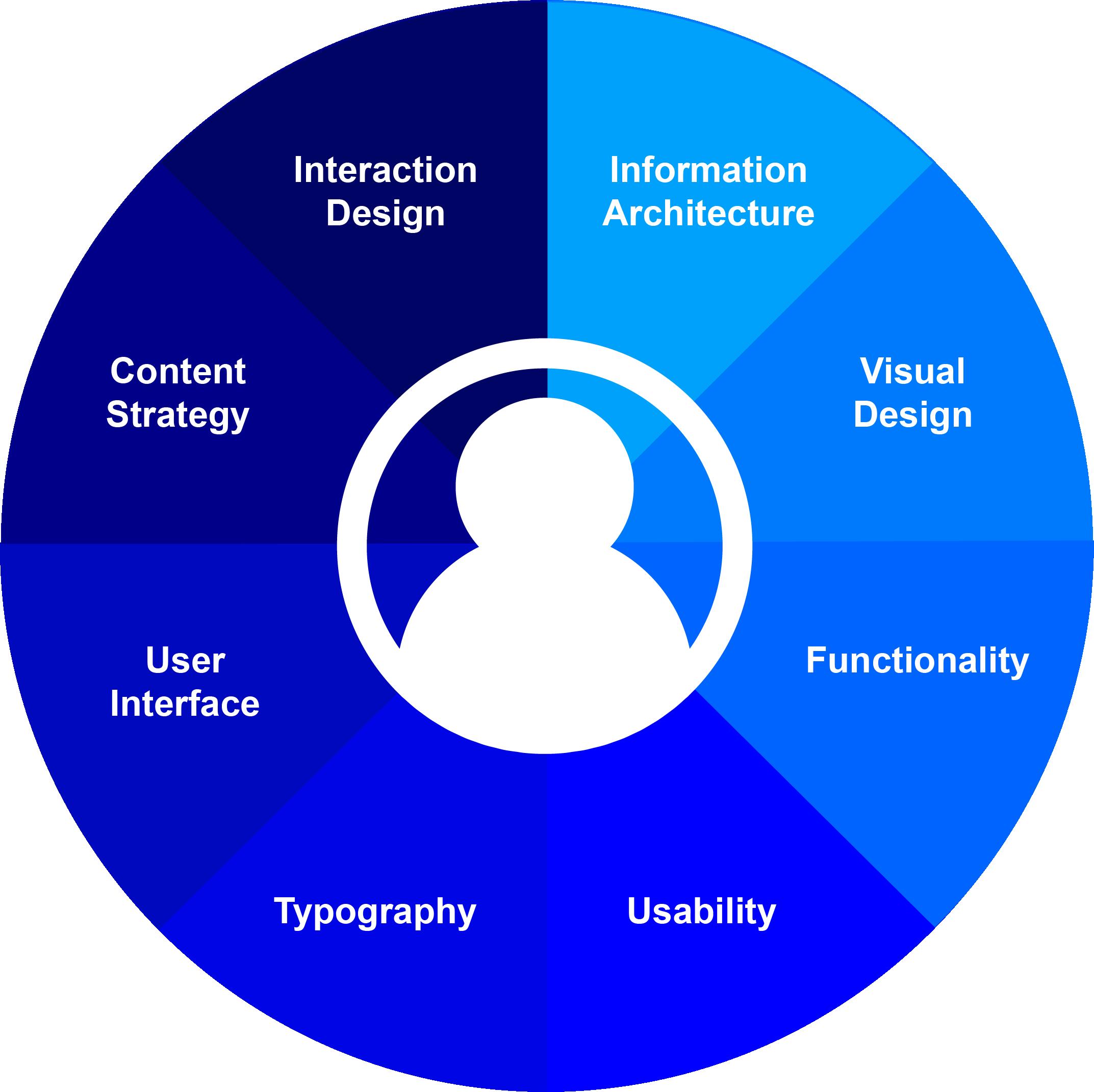
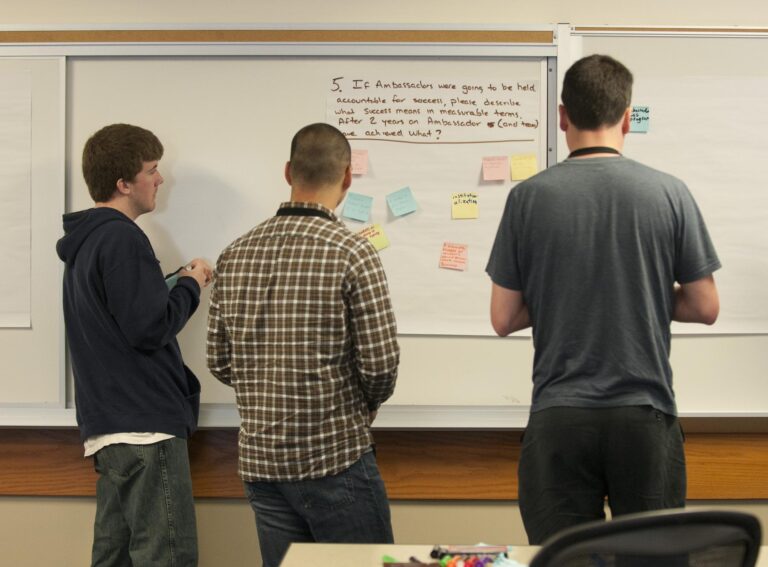






Your article helped me a lot, is there any more related content? Thanks!
Your article helped me a lot, is there any more related content? Thanks!
I’m thrilled to hear that the article was helpful! We have plenty more related content available. Let me know what topics you’re interested in, and I can point you in the right direction.